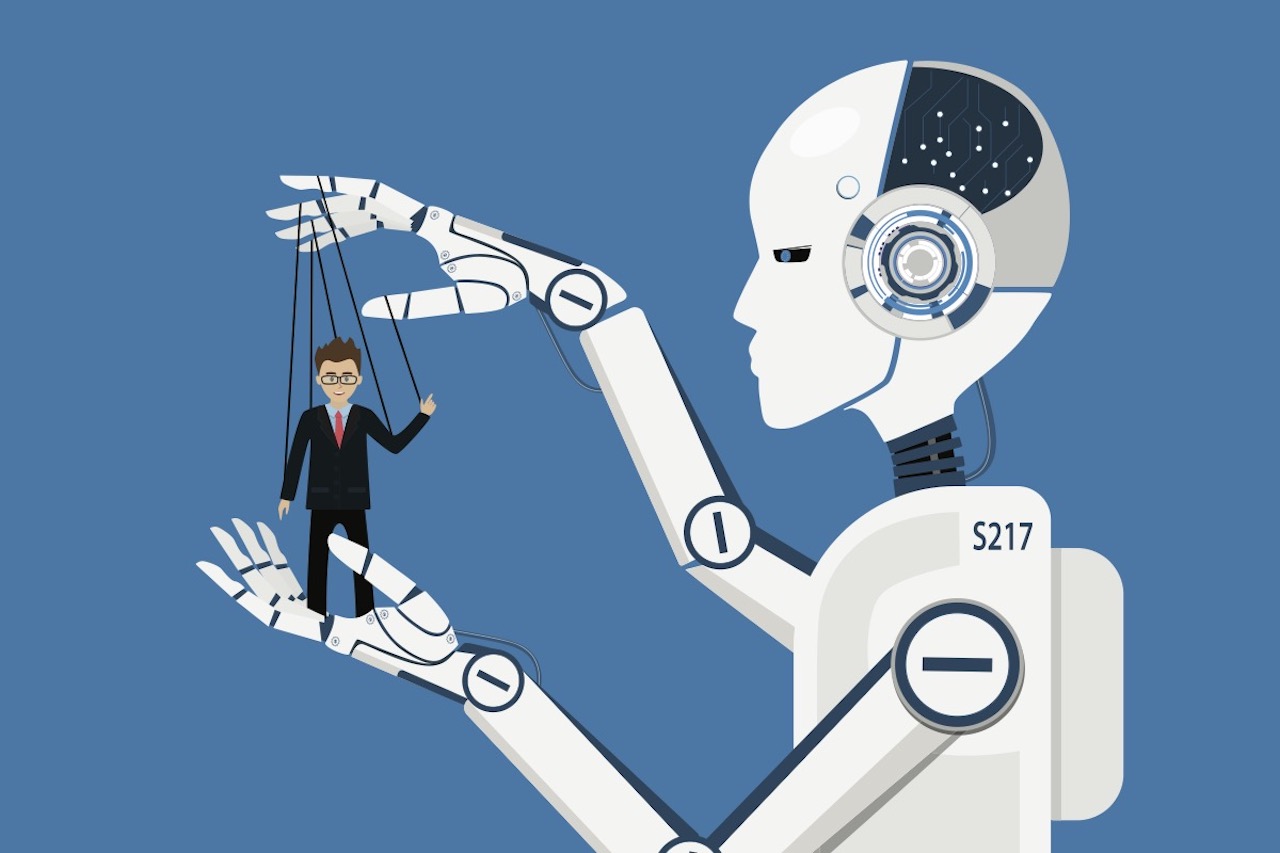Imagine a fraudulent individual who possesses an unending wakefulness, assimilates knowledge from their targets, and adapts their tactics instantaneously. This scenario is not a fictional narrative but a harsh reality characterized by AI-driven social engineering assaults that are reshaping the landscape of cybersecurity threats.
The concept of social engineering is commonly perceived as the art of manipulating human behavior to gain unauthorized access to premises, systems, or sensitive information. Initially, these deceptive practices relied heavily on craftiness and cunning; however, the environment has swiftly transformed.
The advent of Artificial Intelligence (AI) has positioned itself as the orchestrator of manipulation, orchestrating attacks with unparalleled precision and customization that surpass the capabilities of human fraudsters. The fusion of social engineering techniques with AI signifies a formidable alliance that elevates the intricacy and success rates of scams, rendering even the most tech-savvy individuals susceptible to exploitation.
Decoding the essence of social engineering
Social engineering thrives on its ability to adapt, mimic, and persuade its way through defenses—it embodies the shape-shifting strategy of cybercriminals. From the traditional lure of phishing to pretexting, baiting, quid pro quo schemes, and the sophisticated BEC/CEO fraud—each tactic capitalizes on fundamental aspects of human nature: trust, emotions, and self-interest. These ploys not only target technical vulnerabilities but also exploit inherent human weaknesses.
The transformative impact of AI on social engineering
At the core of AI and machine learning capabilities lies the capacity to analyze vast datasets, derive insights, and utilize this knowledge to accomplish specific objectives. For cyber perpetrators, these objectives encompass targeted attacks and personalized deception on a large scale. AI systems can scour through online platforms, corporate websites, and data breaches to tailor phishing schemes that resonate intimately with their targets. It’s akin to having a customized cloak of deception tailored to each individual’s online persona. With AI in play, phishing attempts are no longer riddled with glaring errors but are meticulously crafted to be convincing and contextually relevant. The game has evolved: AI not only comprehends data but also human behavior.
Previously, a social engineer might have invested days in crafting a single effective scam. Presently, AI serves as the ultimate backstage manipulator, orchestrating schemes on an unprecedented scale. The emergence of deepfake technology takes center stage in this deceitful ensemble. By generating hyper-realistic audio and video, these AI-generated fabrications can convincingly imitate the appearance and voice of any individual, including CEOs and government officials. The implications are alarming: a well-executed deepfake could result in misdirected funds, leaked sensitive information, or even geopolitical turmoil.
Social media, a prominent platform for public interaction, is equally susceptible. Here, AI-powered scripts can clone profiles of companies or individuals with remarkable precision. These counterfeit profiles lay the groundwork for elaborate fraud schemes that can deceive even vigilant observers.
Let’s not overlook predictive social engineering—a more insidious practice where AI algorithms analyze breached data and social interactions to identify the opportune moment for an attack. It mirrors a burglar knowing precisely when a homeowner will be away for a run or vacation, albeit on a digital scale.
Real-life examples
Consider a scenario where an AI system, after analyzing extensive recordings of a CEO’s speeches, fabricates a flawless audio deepfake. In a documented incident, this technology was employed to instruct a financial controller to transfer funds to a fraudulent account—a costly error that went undetected until the genuine CEO intervened. The stealth and sophistication of such attacks are profound, blending AI’s capabilities with human subtlety.
Another instance involves a renowned news anchor whose identity was replicated on a social media platform. This fake account disseminated false information, causing substantial harm to the anchor’s reputation before the deception was uncovered.
These instances are not mere conjectures or plots from cyber thrillers; they are real, ongoing occurrences that offer a glimpse into the potential chaos that AI can incite in the wrong hands. AI-enhanced social engineering casts a long shadow, impacting various aspects of digital existence. It represents a dynamic threat that evolves and adapts, necessitating a defense mechanism that is equally agile and informed.
Mitigating AI-infused threats in social engineering
In this era where social engineering attacks augmented by AI blur the lines between authentic interactions and fraudulent schemes, how can organizations bolster their defenses? Commence with awareness. Training initiatives incorporating social engineering simulations can empower employees to discern and counteract the subtle indicators of a scam, regardless of its sophistication. It’s akin to fortifying against the deceptive tactics orchestrated by AI.
However, education alone is insufficient. Organizations must harness AI in their defense mechanisms. Anomaly detection systems, driven by AI, function as vigilant gatekeepers of network security, identifying deviations and activities that deviate from the norm—a common precursor to a social engineering attack. Just as AI can exploit human behavior, it can also be instrumental in predicting and thwarting these intrusions before they breach the organization’s defenses.
Cybersecurity has evolved into a dynamic arena, with AI playing a pivotal role in both offensive and defensive strategies. As threat actors refine AI to launch sophisticated attacks, cybersecurity professionals are equally committed to leveraging AI’s capabilities to fortify their defenses. It’s a perpetual race where the weapon and shield share a symbiotic relationship, each adapting in response to the other’s advancements.
Navigating the realm of AI-empowered social engineering necessitates more than just technological tools—it mandates a cultural shift. Organizations must cultivate a culture of continuous learning and adaptive security measures to stay ahead of the curve. Vigilance and cutting-edge security protocols are the twin pillars of defense, ensuring preparedness to confront the AI-driven manipulator at every juncture.






